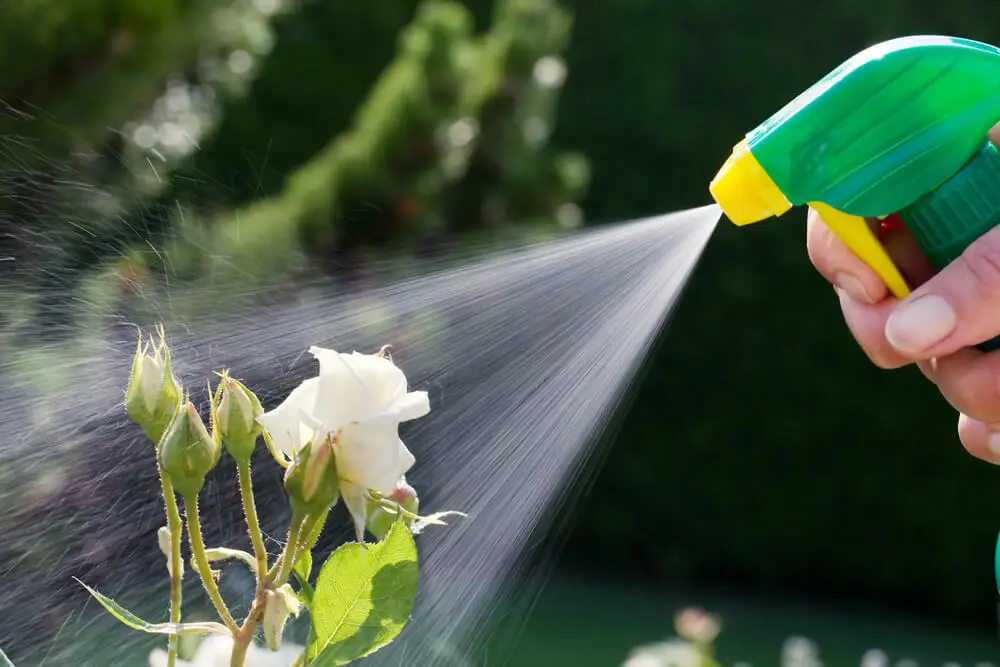
Pests are a constant concern for homeowners, but their activity levels and behaviors often fluctuate with the seasons. Changes in temperature, humidity, and precipitation can significantly impact the presence and behavior of pests around your home. By understanding how weather affects pest activity, you can take proactive steps to protect your property year-round.
Spring: A Season of Awakening
As temperatures begin to rise in spring, many pests emerge from hibernation or dormancy. This season is marked by increased activity as pests seek food, water, and shelter. Common spring pests include ants, termites, and mosquitoes.
- Ants: Warmer temperatures prompt ants to search for food and establish new colonies. They often invade kitchens and pantries in search of sugary or greasy foods.
- Termites: Spring is termite swarming season. Winged termites, or swarmers, emerge to reproduce and establish new colonies. Spotting swarmers indoors is a clear sign of a potential infestation.
- Mosquitoes: Stagnant water from spring rains provides the perfect breeding ground for mosquitoes. As temperatures rise, their populations grow rapidly.
Prevention Tip: Seal cracks and gaps in your home’s foundation, eliminate standing water, and store food in airtight containers to minimize pest activity during spring.
Summer: Peak Pest Season
Summer brings heat and humidity, creating ideal conditions for many pests to thrive. This is the peak season for insects like flies, mosquitoes, and stinging pests such as wasps and bees. Rodents may also venture indoors to escape the heat.
- Flies: Flies are highly active during summer and are drawn to food waste and sugary substances. Outdoor gatherings can attract them in droves.
- Mosquitoes: Mosquito activity reaches its peak in summer due to the warm weather and abundance of breeding sites.
- Stinging Insects: Wasps, hornets, and bees build their nests during summer. They become more aggressive as they protect their colonies.
Prevention Tip: Keep trash cans tightly sealed, clean up food spills promptly, and use screens on windows and doors to prevent pests from entering your home.
Fall: Preparing for Winter
As temperatures cool in fall, many pests begin preparing for winter by seeking shelter indoors. This is the time when rodents, spiders, and cockroaches are most likely to invade your home.
- Rodents: Rats and mice look for warm, cozy spaces to spend the winter. They can squeeze through tiny openings to enter your home.
- Spiders: While most spiders are harmless, some species become more noticeable in fall as they search for mates or warmer environments.
- Cockroaches: These resilient pests are drawn to the warmth and moisture of indoor spaces as outdoor temperatures drop.
Moreover, as pests search for warmth in the cooler months, different types of homes may experience fall pest activity in distinct ways. In these situations, professional help can be especially valuable. For instance, if you’re living in a condo, relying on expert condo pest control services can ensure the infestation is addressed thoroughly and prevent pests from spreading to adjacent units.
Prevention Tip: Inspect and seal entry points, such as gaps around windows and doors. Store firewood away from your home’s foundation, and keep basements and attics dry to deter pests.
Winter: A Time of Indoor Activity
Winter’s cold temperatures force most pests into hibernation, but some species remain active indoors. Rodents, cockroaches, and pantry pests are the primary culprits during this season.
- Rodents: Mice and rats often invade homes in winter, seeking warmth and food. They can cause significant damage by chewing through wires, insulation, and stored goods.
- Cockroaches: These pests thrive in warm, moist environments such as kitchens and bathrooms, making them a year-round problem indoors.
- Pantry Pests: Beetles and moths can infest stored grains, flour, and other dry goods during winter months.
Prevention Tip: Regularly clean and inspect pantry items, store food in pest-proof containers, and maintain a clean and clutter-free home.
The Role of Weather Extremes
Extreme weather events, such as heavy rain, drought, or unseasonal temperature shifts, can also influence pest behavior. For instance:
- Heavy Rain: Flooding can drive pests like ants and rodents indoors as they seek dry shelter.
- Drought: Lack of water forces pests like cockroaches and mosquitoes to seek alternative water sources, often bringing them closer to homes.
- Unseasonal Warmth: Warmer-than-usual winters can extend the active periods for pests like mosquitoes and flies.
Protecting Your Home Year-Round
Keeping pests at bay requires a combination of proactive measures and professional intervention. Regular inspections and maintenance can help identify potential entry points and signs of infestation before they become major problems. Partnering with a reliable pest control service, such as Waynes Pest Control Montgomery, can provide targeted solutions tailored to the pests and climate in your area.
Conclusion
Weather plays a significant role in pest behavior and activity around your home. By understanding these seasonal patterns and taking preventative measures, you can minimize the impact of pests and maintain a comfortable, pest-free living environment. Whether it’s spring termites, summer mosquitoes, or winter rodents, staying ahead of the curve will help you protect your home and family throughout the year.
- 0shares
- Facebook0
- Pinterest0
- Twitter0



